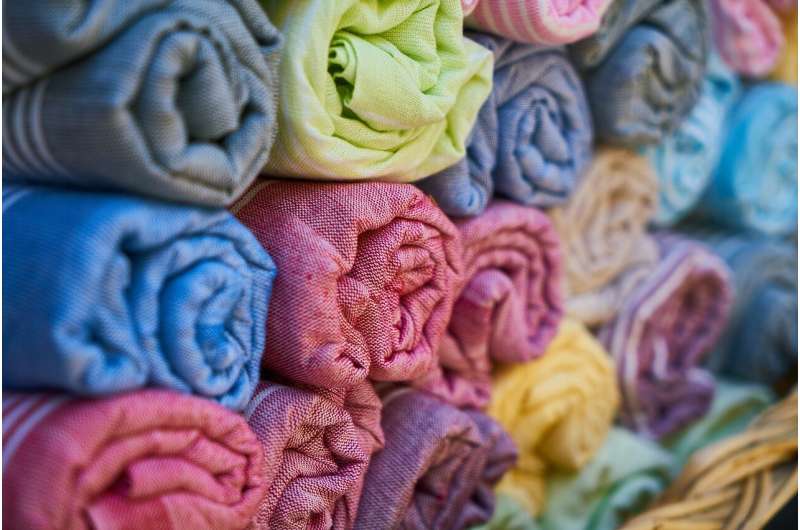Study finds consumers willing to pay more for naturally colored cotton clothing

Research in the journal World Review of Entrepreneurship, Management and Sustainable Development has looked at consumer attitudes toward naturally colored cotton clothing. The study found that amid increasing concerns over the environmental impact of conventional cotton processing, consumers are willing to pay more for a greener T-shirt.
A.S. Dishoja, Nisha Bharti, and Sushant Malik of the Symbiosis Institute of International Business at Symbiosis International (Deemed University) in Pune, Maharashtra, India, used data analysis techniques, including decision trees and cluster analysis, to reveal that a fairly significant proportion of respondents to their survey on consumer attitudes expressed interest in purchasing naturally colored cotton apparel—28% of consumers, they found, were willing to pay a premium of up to 15% for such products.
Naturally colored cotton is appealing to a certain type of consumer because it aligns with their environmental attitudes more than the conventional approaches taken by the textiles dying industry. There are also notions of comfort, durability, and price being associated with greener products.
India has a great historical legacy in cotton production, including the cultivation of naturally colored cotton varieties. Despite the challenges of lower productivity and reduced fiber quality when compared to conventional cotton, naturally colored cotton has begun to gain traction in the textile markets, especially in Europe. The problem facing the supply chain, is the limited marketing infrastructure in India, which represents something of a barrier to the wider adoption of greener cotton.
The researchers, however, have demonstrated that consumers are beginning to change their mindset towards sustainability and many of them are now willing to pay more in the name of saving the planet, as it were. This, the team says, represents a new opportunity for companies to selectively and effectively market naturally colored cotton apparel.
There will be a pressing need for policymakers hoping to develop a sustainable agenda to encourage this kind of change in mindset and consumer behavior. If they can foster an environment conducive to the growth of eco-friendly alternatives to standard cotton products, then they can contribute to sustainability in the clothing industry.
More information: A.S. Dishoja et al, Is naturally coloured cotton a sustainable substitute for cotton textile, World Review of Entrepreneurship, Management and Sustainable Development (2024).
Provided by Inderscience



















